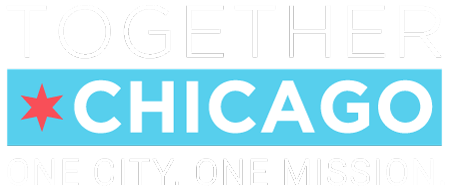Collective Impact
Our Methodology
Why collective impact?
To quote Stephen M. R. Covey, and a common view in the community development world, change happens at “the speed of trust.”
– Stanford SOCIAL INNOVATION Review

Want to understand the philosophy and approach of Together Chicago better? Download and read this paper.
Stanford SOCIAL INNOVATION Review
Essential Mindset Shifts for Collective Impact
By John Kania, Fay Hanleybrown, & Jennifer Splansky Juster
Fall 2014
Copyright © 2014 by Leland Stanford Jr. University
All Rights Reserved
Isolated Impact vs. Collective Impact
Isolated Impact
- Funders select individual grantees that offer the most promising solutions
- Nonprofits work separately and compete to produce the greatest independent impact
- Evaluation attempts to isolate particular organization’s impact
- Corporate and government sectors are often disconnected from the efforts of foundations and nonprofits
Collective Impact
- Funders and implementers understand that social problems and their solutions arise from the interaction of many organizations within a larger system
- Progress depends on working toward the same goal and measuring the same things
- Large scale impact depends on increasing cross-sector alignment and learning among organizations
- Corporate and government sectors are essential partners
- Organizations actively coordinate their actions and share lessons learned.
